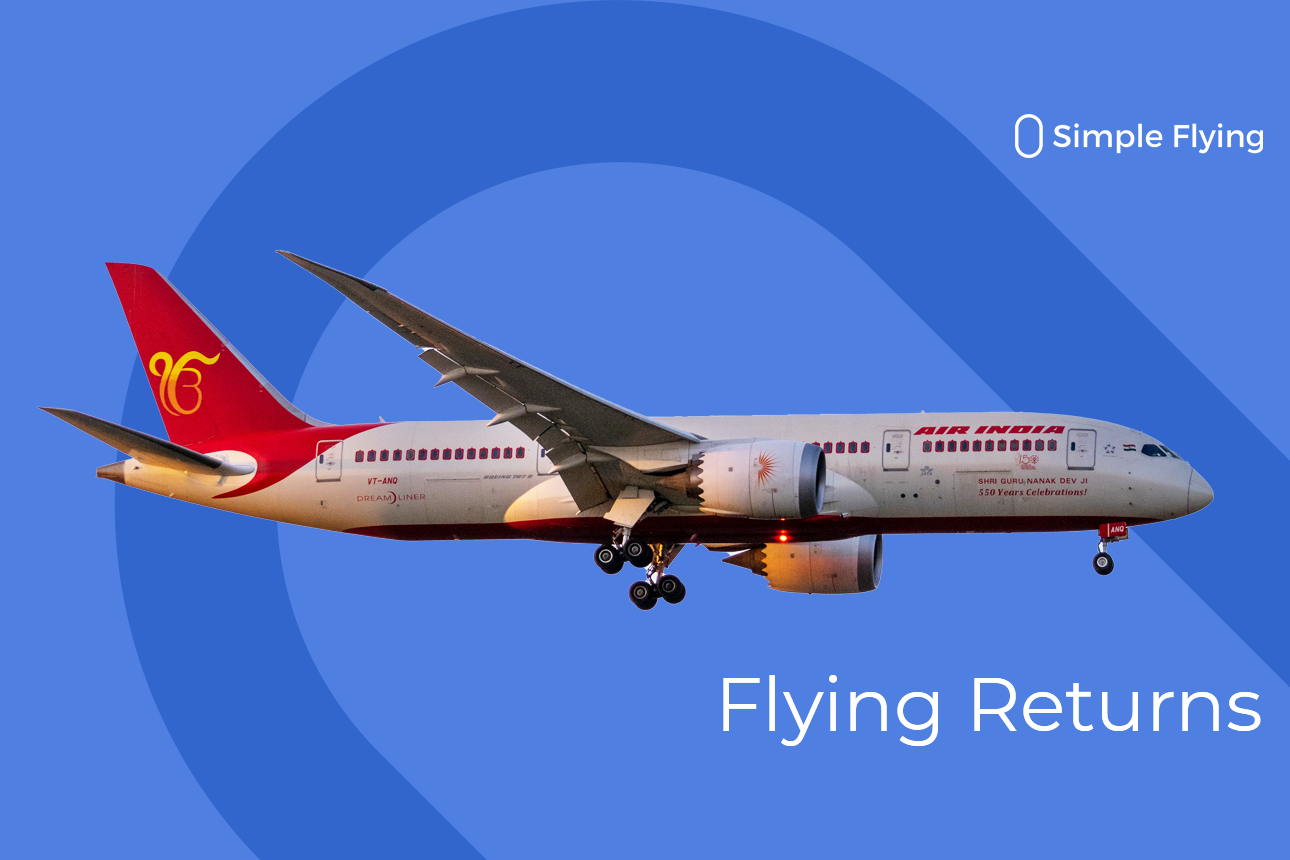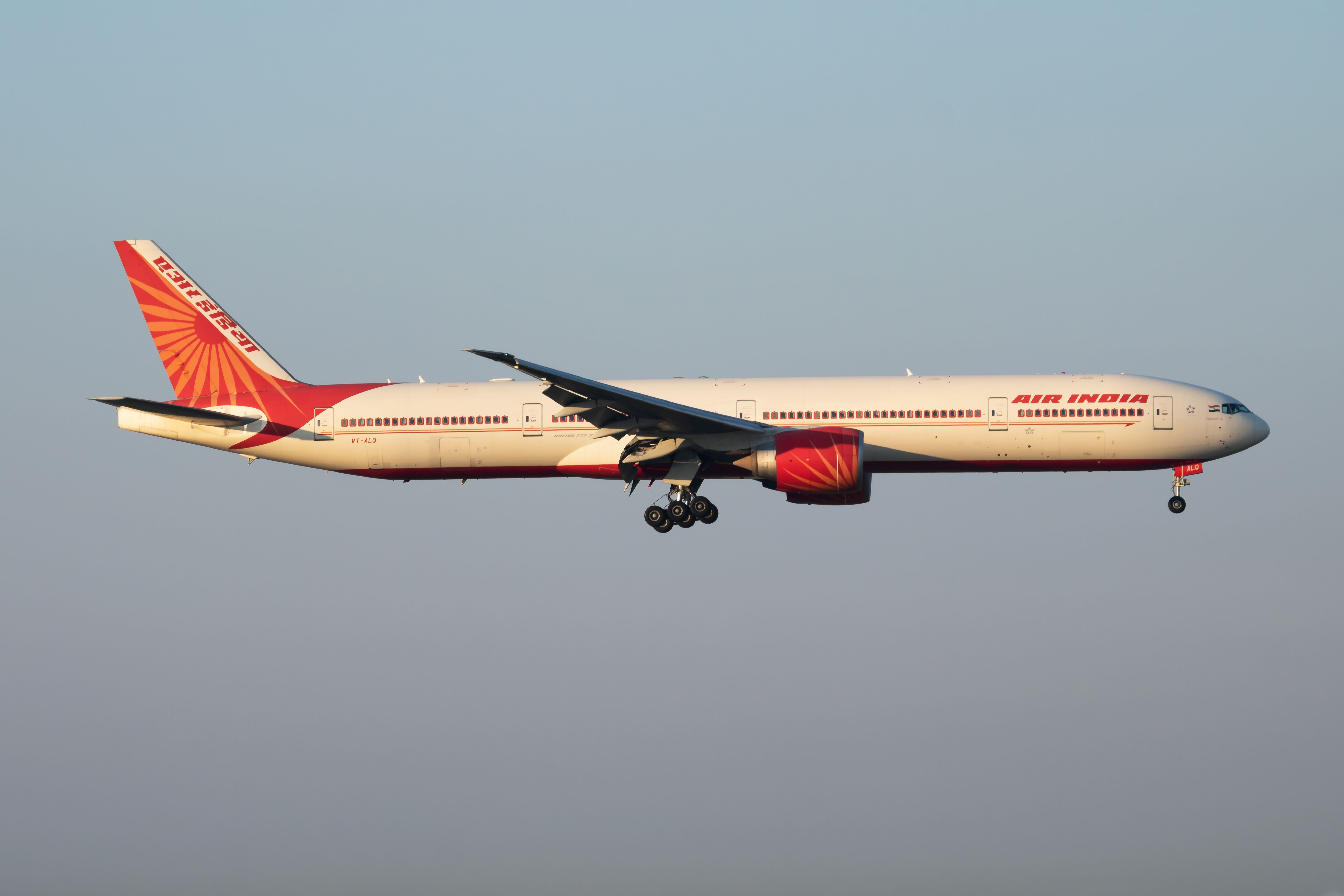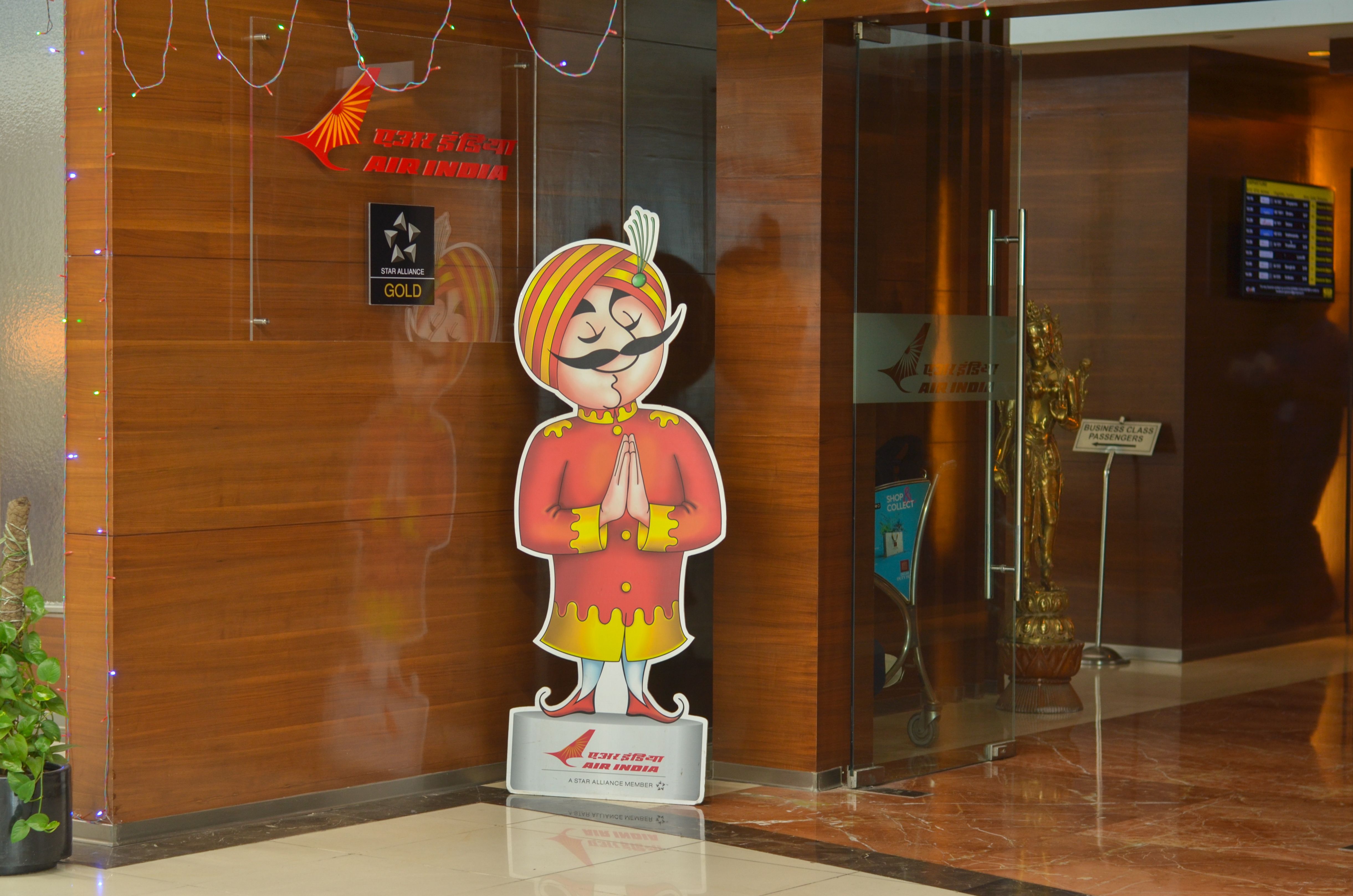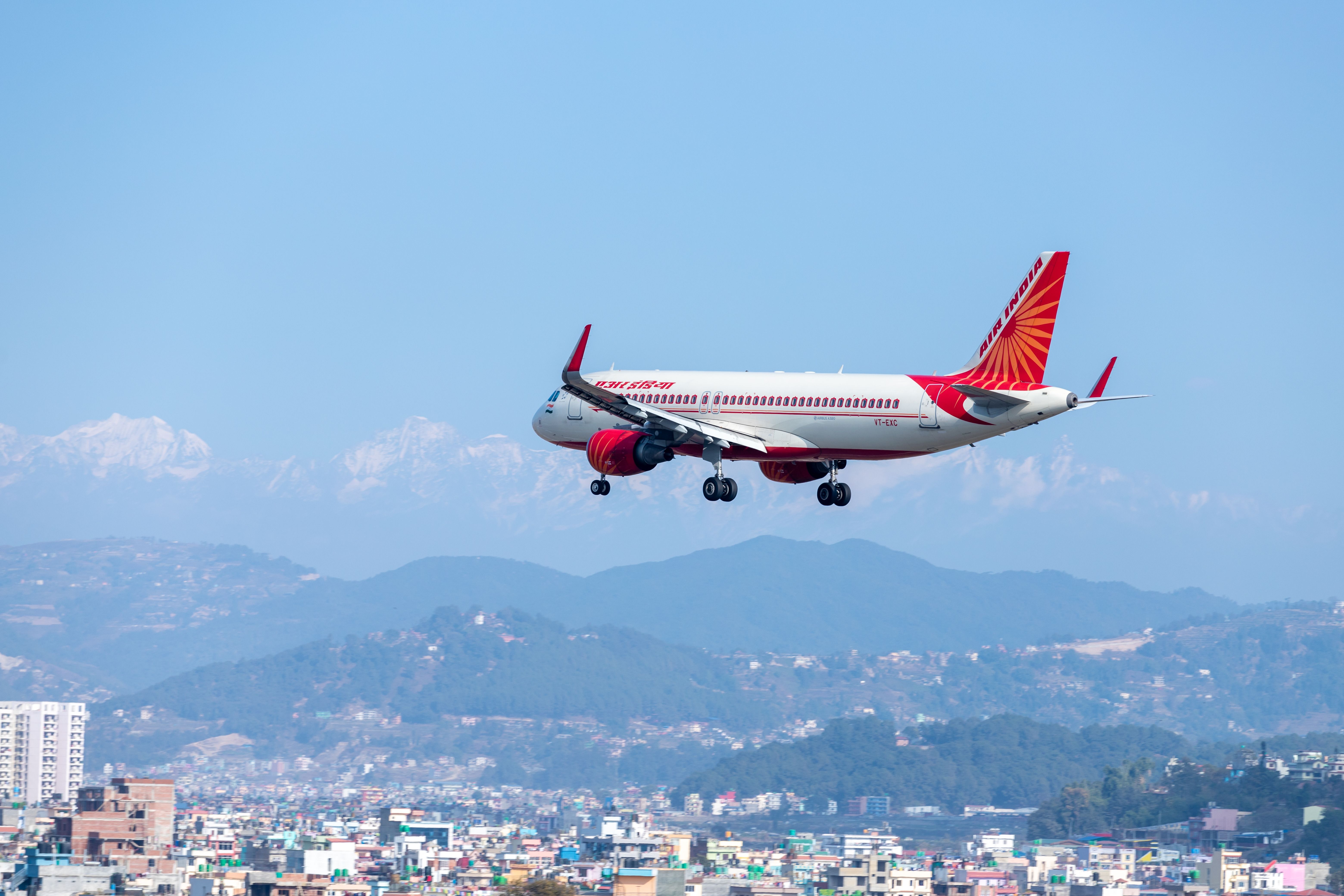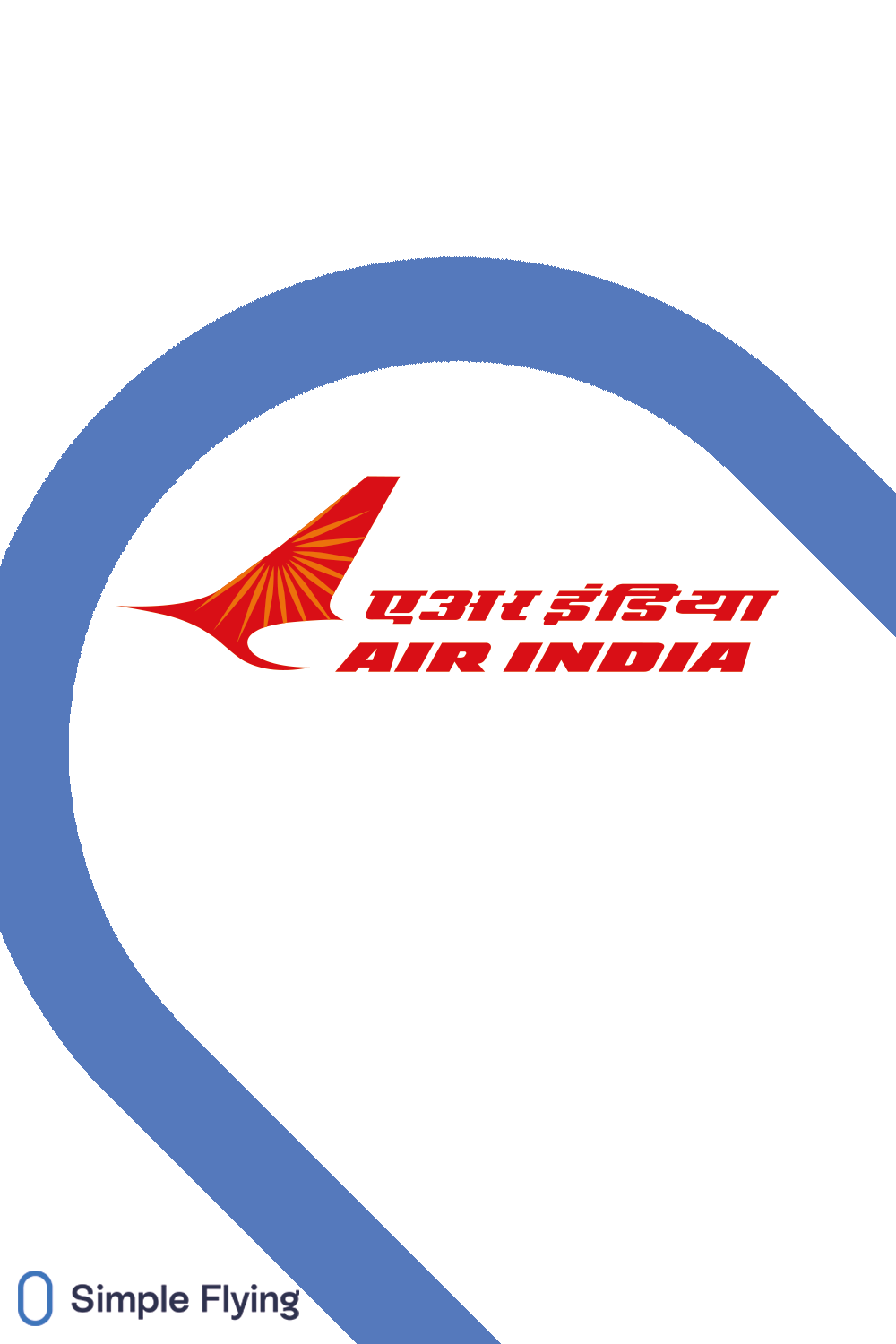Quick Links
Air India's Flying Returns isn't the most well-known frequent flyer program in the world, but with its airline being a Star Alliance member featuring a rapidly-growing network, it could quickly become a big name. We'll look at the program's pros, cons, and everything else you need to know about Flying Returns.
Founded in 2001, the program quickly added members and went global with its alliance membership in 2014, bringing a fixed award chart for Air India and partner airlines. Today, Flying Returns offers three elite tiers, plenty of earning opportunities, and over a million award seats available every month, providing its many members with plenty of redemption options.
Love learning about points and miles? Read more of our loyalty news and guides here.
The pros and cons
As with all programs, we'll examine what Air India's loyalty program excels at and where it falls short. Starting with the positive:
- Quick path to elite status : As you'll read in detail, Air India's limited fare classes means achieving elite status can take as little as two roundtrips in long-haul business. Considering this unlocks Star Alliance Gold, this is a massive plus for members in India, since AI is the only alliance member (of any of the big three) in the country.
- Credit cards are your friend : While this has a downside, if you are an Indian resident, applying for one of the SBI co-branded credit cards can accelerate your mileage earnings substantially. Indeed, with as much as 30 miles per ₹100 ($1.2) on airline costs, you can quickly build to award tickets.
- More to come : While I would never usually never recommend a program due to the airline's future, Air India's rapid expansion means your miles could be used on several new routes very soon. Flying Returns might be on for a significant revamp with new business class cabins and upgraded service. Let's hope points don't get devalued in the process.
However, there are some drawbacks, and they are quite notable for now.
- Expensive redemptions: Flying Returns has one of the most costly Star Alliance partner charts, charging more for partner flights than its own. Moreover, there are hefty cancelation charges, and the online platform is hard to use. While Air India flights have good availability, they are extremely expensive on international routes.
- No opportunities outside India : The downside of expensive redemptions means you have to earn plenty of points, and without a co-branded card, this is virtually impossible. Unless you travel heavily in business and first class, those residing outside India will struggle to earn enough miles to book tickets, making Flying Returns only suitable for Star Alliance status, and even then, there are cheaper choices.
- Not many partners: Air India has few partners outside the Star Alliance and virtually no non-airline partners, limiting where you can earn and spend miles. While this will change in the coming months and years, the program is relatively limited for now.
All of that being said, there are some key benefits to Flying Returns as well, such as upgrades and lounge access. To learn more, from earning to spending to status, keep reading!
-
The Different Ways To Earn Points with Air India's Flying Returns
There are plenty of avenues to earn, from Star Alliance flights to credit card partners!
The Different Ways To Earn Points with Air India's Flying Returns- Photo: TravellingNepal / Shutterstock
-
How To Spend Air India Flying Returns Miles?
As a Star Alliance member, Air India has many airline redemption partners.
How To Spend Air India Flying Returns Miles? -
The Different Tiers Of Air India's Flying Returns
As India's only major loyalty program with alliance membership, Air India has a large customer base and plenty of earning opportunities.
The Different Tiers Of Air India's Flying Returns

